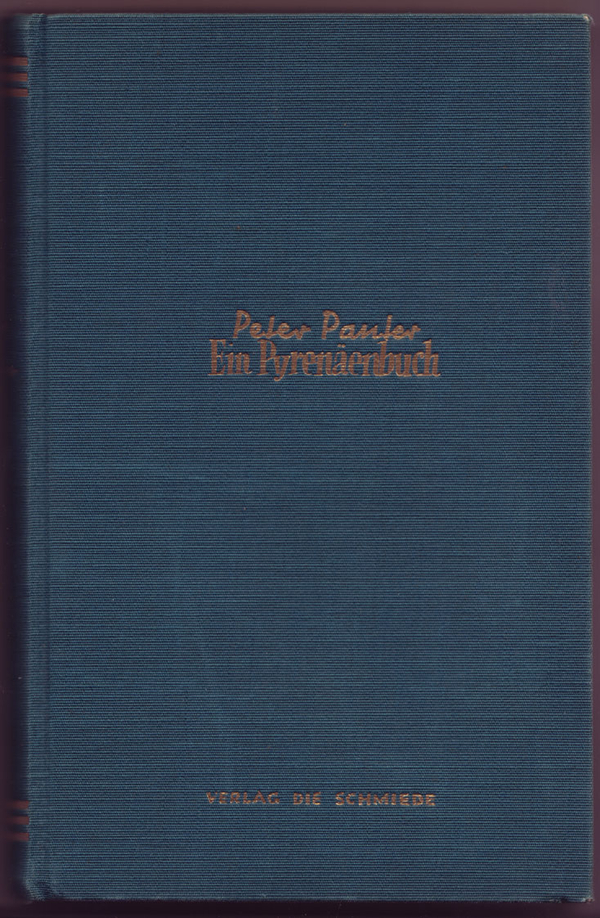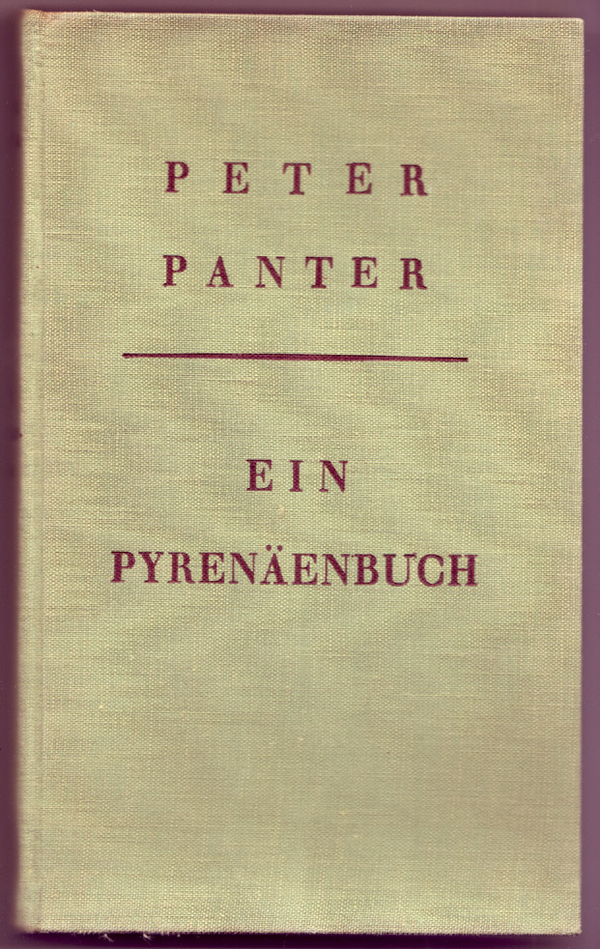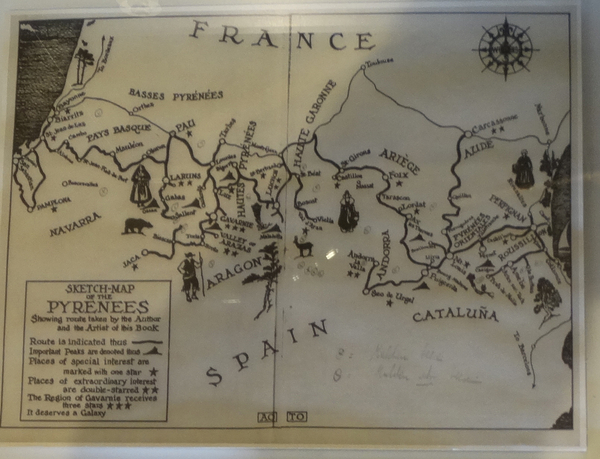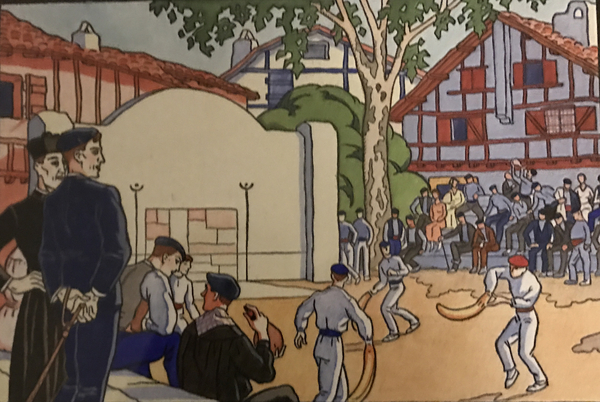Audio guide for reading
Audio guide for reading Tucholsky wrote the essayistic travelogue “Ein Pyrenäenbuch” under the pseudonym Peter Panter in 1927. He described the impressions he received during his journey in September and October 1925 in the French Pyrenees. This text can be read as Tucholsky’s “journey through himself”.
In a letter to his wife Mary, Tucholsky wrote about his collection of texts:
“It gets chapter headings like: Start – Turn right – overtake on the left – custom limit – waiting in front of the theatre – a bit by foot – picnic – travel reading; and so on. I will arrange my articles in these categories. What do you think of it? It is so much; I can easily make it to 720 pages. I will pick out the best.”
In the end Tucholsky’s “Pyrenäenbuch” had 290 pages. It appeared a year after Siegfried Jacobsohns death and was dedicated to him. Looking back Tucholsky admits:
“I just really “wangled” that, something, that some ignoramuses think of “Gripsholm”, because they don’t know what ease is, and that you don’t need to sweat to produce literature.”
![[Translate to Englisch:] Kurt Tucholsky Literaturmuseum [Translate to Englisch:] Kurt Tucholsky Literaturmuseum](/fileadmin/_processed_/4/c/csm_logo-ktm_adccaface9.png)










